Suunto has pulled out all the stops with the Eon Steel Black
Introduction
Suunto has pulled out all the stops to firmly establish the EON Steel Black as the must-have dive computer among the more advanced and tec dive fraternity. The device is CCR, Tri-Mix and Multigas compatible. Suunto has even equipped the EON Steel black with two algorithms, their proprietary Fused 2 RGBM and the Buhlmann 16GF, in a clear attempt to dispel any lingering doubt about the conservatism of their computers.
I was intrigued to see how the two algorithms would stack up against each other and eager to test how easy the device is to use. To put the Eon Steel black through its paces, we went for two dives on the impressive wreck of the Ex-HMAS Brisbane, which sits at a depth of 30 meters.
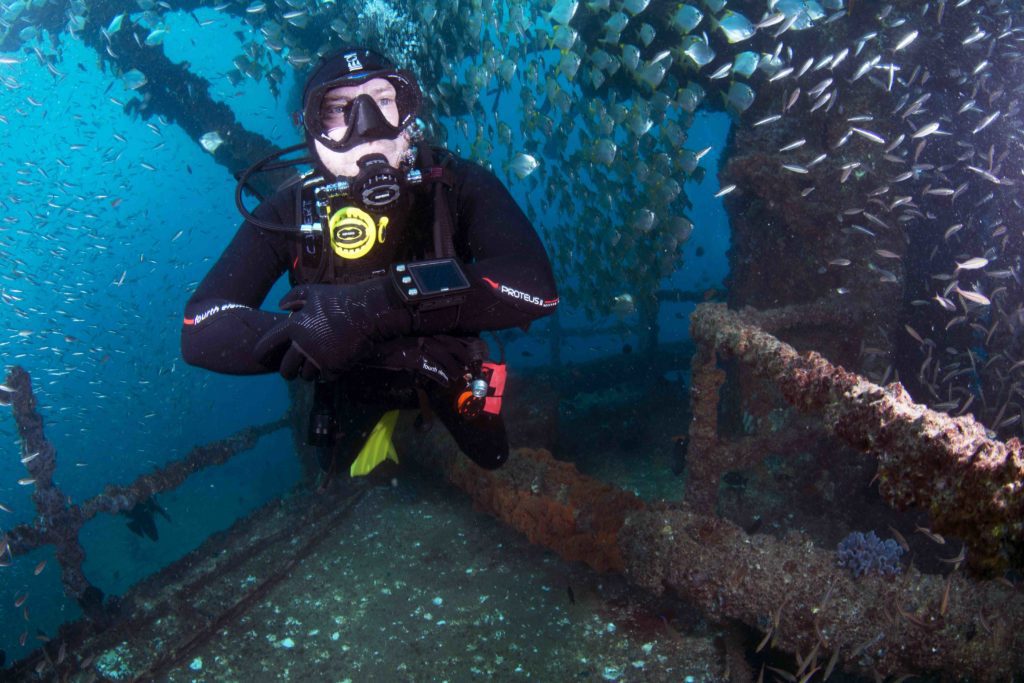
General use and features
As you would expect from Suunto, the EON Steel Black is well designed, aesthetically pleasing, and durable. The first thing I noticed when I took it out of its box was the unit's weight; it felt reassuringly heavy and capable of taking a lot of punishment. It also looks very stylish with a black brushed stainless steel front cover and chunky stainless-steel buttons, conveniently aligned down the right-hand side.
For a computer that boasts a considerable amount of functionality, it is remarkably easy to use. Without reading a manual, I could easily set the time and date. Nitrox and tank pairing was simple, as was turning off all those unwanted and often annoying alarms. It is sensible to read the manual if you are going to start playing around with the algorithms and gas mixes, but overall, I found the menus to be intuitive and easy to navigate.
What also helps is the large colour screen this computer boasts. With its anti-glare coating, I found the EON Steel Black as easy to read in the full glare as in the bowels of the wreck. The screen also means that the compass feature is very usable.
Other features include a USB rechargeable battery that offers a whopping 40-hour charge. The device will also retain this charge during long periods of inactivity as it goes into a deep hibernation when not in use. It is rated to 150m meters and, for some reason, can be paired with 20 tank pods simultaneously; I am not sure under what circumstances you would need this particular feature, but is their none the less!
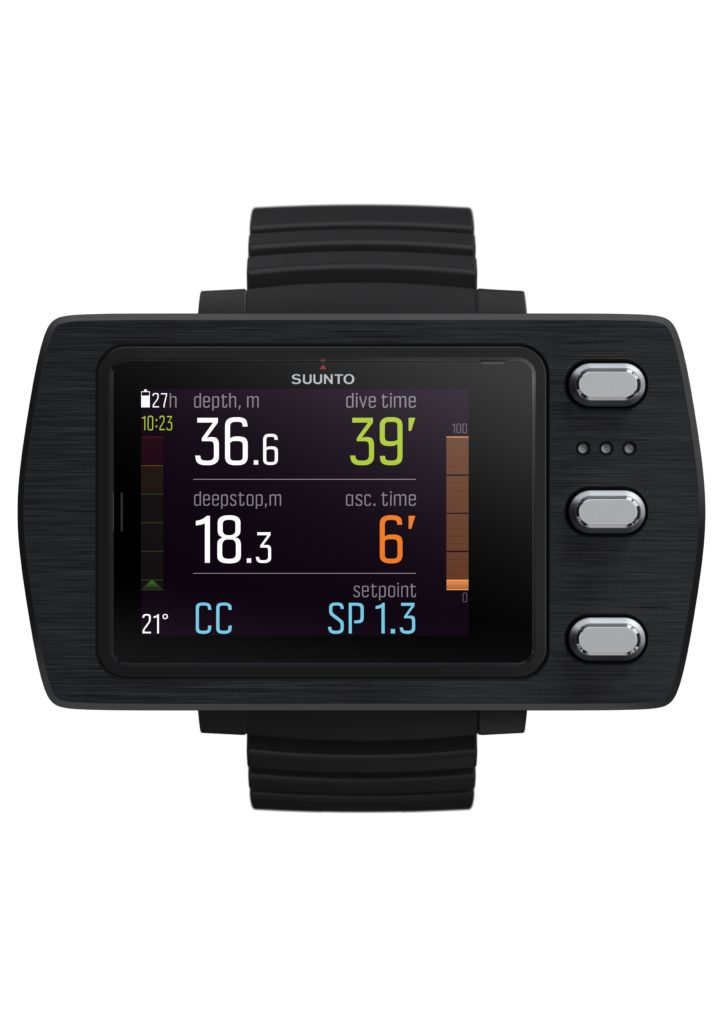
Connectivity
As with almost every electronic device these days, the Suunto has an app, Bluetooth connectivity and GPS. This is simple to set up, and I could upload my dive details, display them in the form of a standard log or a graph format, add pictures, and easily and quickly share on social media. For increased features and functionality and to facilitate more in-depth planning, there is the Suunto DM5 program for both Mac and PC.
This program will be of particular interest to tec diviners who like to plan each dive meticulously. The DM5 program also allows the display and screen options to be customised. There are three different display layouts to choose from, with further customisation within each layout possible.
Algorithms
As I mentioned earlier, the EON Steel black has two algorithms, but thankfully this is not as complicated to navigate as it sounds. You have a choice before you start the dive to pick which one you prefer to use.
The Fused 2 RGBM – This new algorithm has been developed by Suunto with the more advanced diver in mind, giving greater flexibility to adjust personal settings. This algorithm offers an easy way to adjust how aggressive or conservative you wish to be on a dive with five present options.
Buhlmann 16 GF – With adjustable gradient factors, this algorithm allows a diver far more control over how conservative or aggressive they would like to be on a dive.
So, to sum up, what can become a highly complex discussion about algorithms, the RGBM has a certain amount of safety built-in while the Buhlmann leaves it pretty much up to the diver. The Suunto Fused 2 is less complicated and can be run aggressively if needed. In contrast, the Buhlmann with its gradient factors allows for great flexibility but requires a greater understanding of decompression and technical diving to use safely.
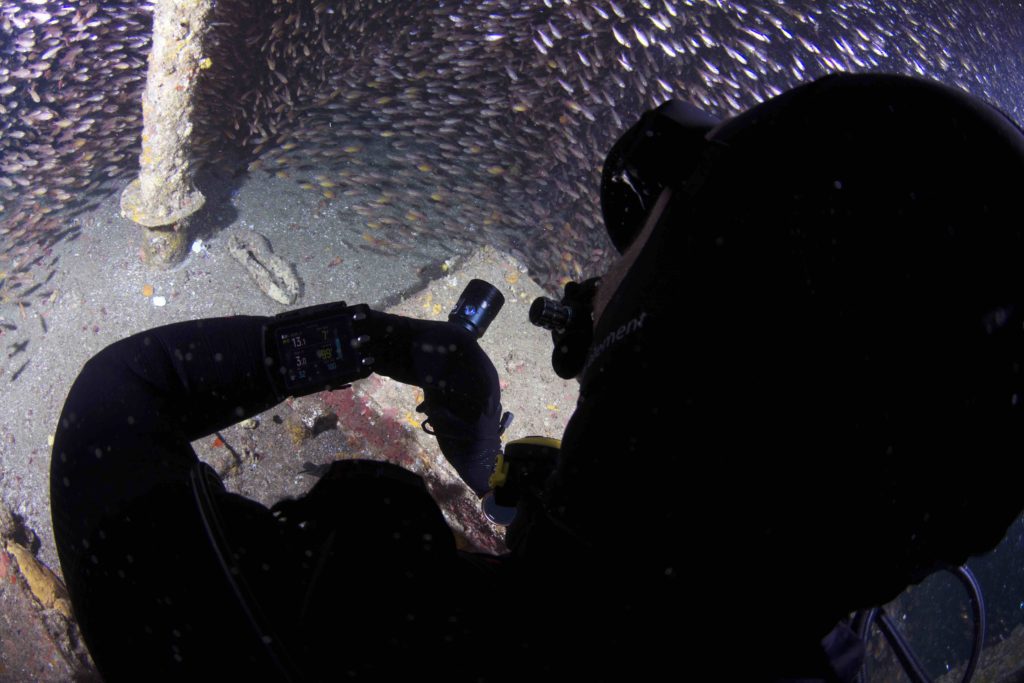
While on my test dives, we ran both algorithms side by side, and I was surprised that there was very little difference between the two. Granted, I was only at a max depth of 30 meters for both of my dives and was not planning on any deco diving. Still, with previous Suunto computers like my old Vyper, my second dive would have been incredibly restrictive at that depth.
Suunto has now also removed the lockout feature for both algorithms, which means that you will not get locked out of the computer while on a dive if you have violated a deep or safety stop. Instead, the device will continuously recalculate deco stop if several are missed on an assent, which tec divers have been eager to see redressed.
Conclusion
Nice styling and ease of use have never been an issue with Suunto products, the real test of the EON Steel Black was to see how it performs as a Tec computer. Suunto has long held a reputation for being too conservative, punishing a diver for not doing as the computer has instructed and even locking out while still on a dive! An unforgivable sin in the eyes of some divers.
These drawbacks have now been redressed, and Suunto has created an incredibly versatile dive computer that is great for recreational divers because it is as easy to use as you want it to be. It also ticks all of the boxes for the hardcore tec diver with the option of two algorithms. Could this be the dawn of a new era for Suunto Dive computers?
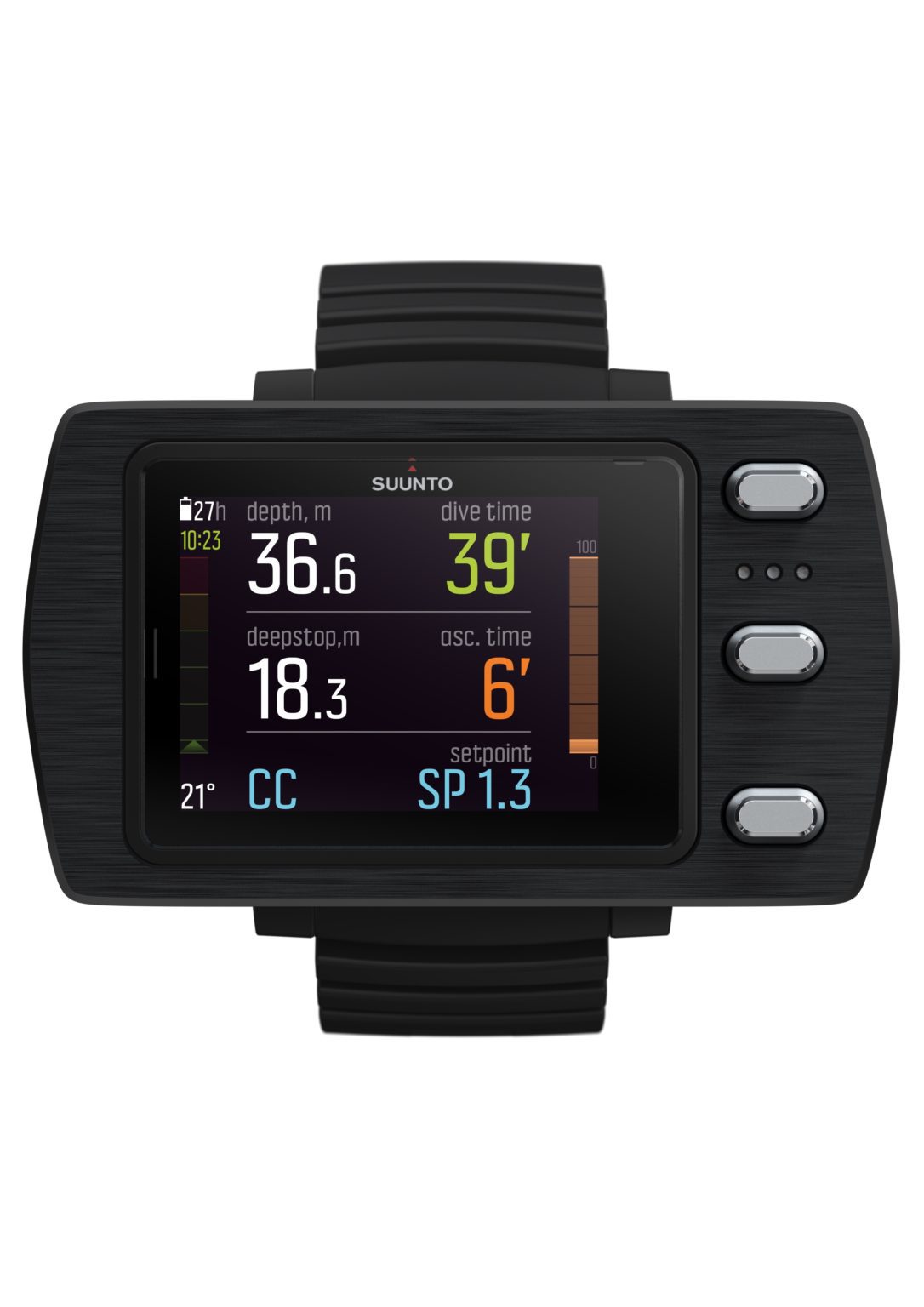



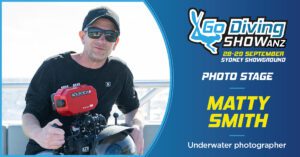




I was gifted an Eon Steel in 2019 by my dive partner (sometimes referred to as “girlfriend”). It developed a leak last fall on a dive. My Eon Steel didn’t have a particularly difficult life. I’m a recreational diver, not tech diver or instructor. It never experienced the pressures below that of recreational diving limits. As a prized gift, it was also babied: kept in a rubber shock absorbing exterior case, screen covered with a protector. When not in the water, the Eon Steel stayed packed in foam in a case. When traveling, the foam case was placed in a hard Pelican case. Dive gear gets stored inside the house in one of our closets, so it wasn’t as though there were temperature extremes. Like I said, this thing was babied. Almost as if my life depended on it.
Despite the care applied, the Eon Steel stopped working one day. Pre-check on the boat with all equipment: good to go for dive number 78 of the Eon Steel’s life. Enter the water and… black screen never to turn on again.
Suunto repair center sent me a note that it was a leak that caused severe damage making it uneconomical to repair. And it was out of warranty. So they offered a deeply discounted price on buying another one.
I’m kind of torn here. On the one hand, I appreciate the reduced cost of the unit. On the other hand, it’s still expensive even in a reduced price. Do I want to continue sinking cost into something that’s catastrophically failed already? Would you?
Hi Andy, sorry to hear about your problems with your Suunto EON Steel, it must be very frustrating especially as it was out of warranty. I personally have had many Suunto dive computers and I have never had a problem. I appreciate that you must be wary of purchasing another one but the chances of this sort of thing happening again are very slim. The choice is yours but would you be able to purchase a comparable model from another brand at the discounted rate Suunto have offered you! I hope you have better luck with your next dive computer which ever one you choose.